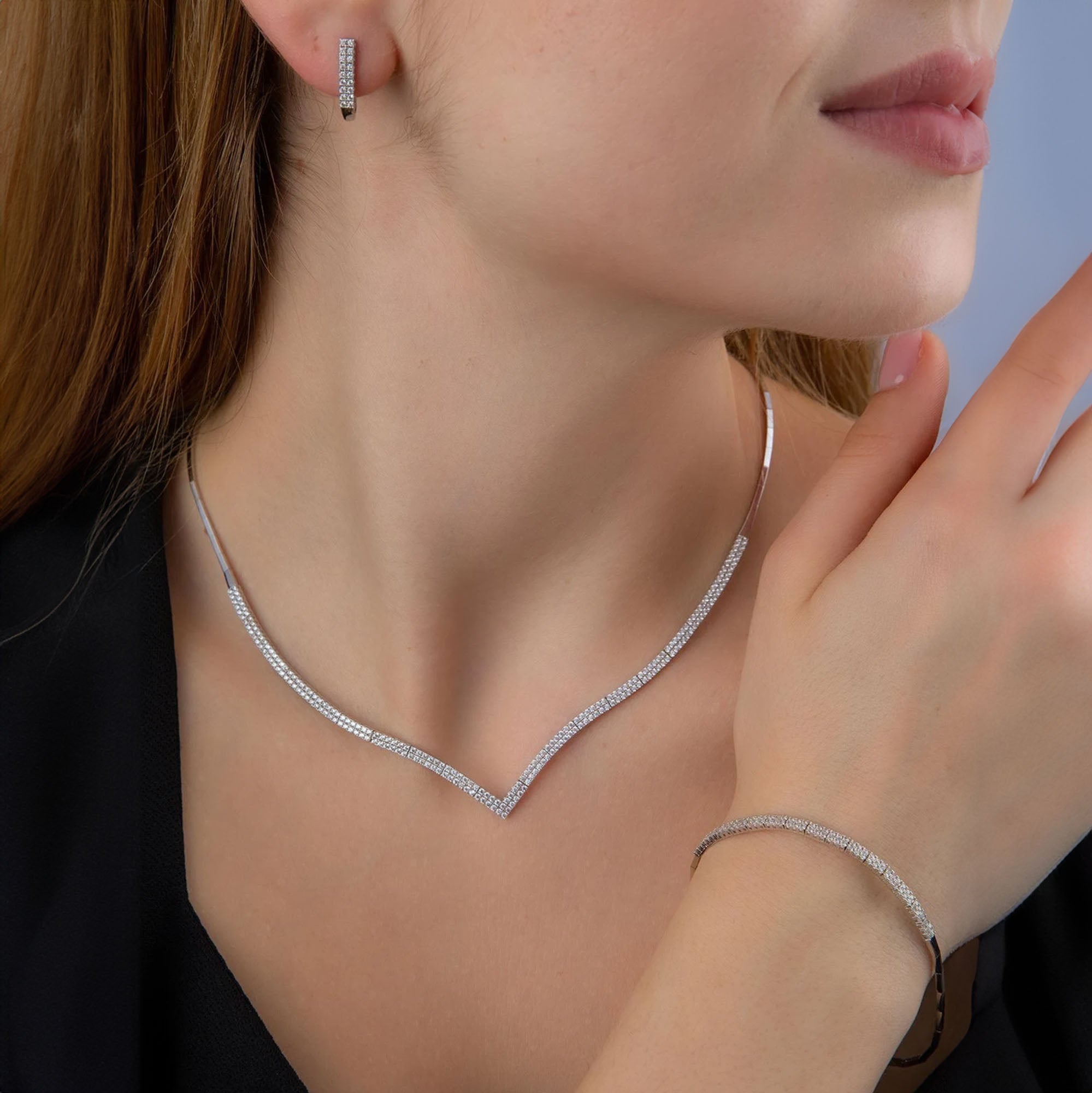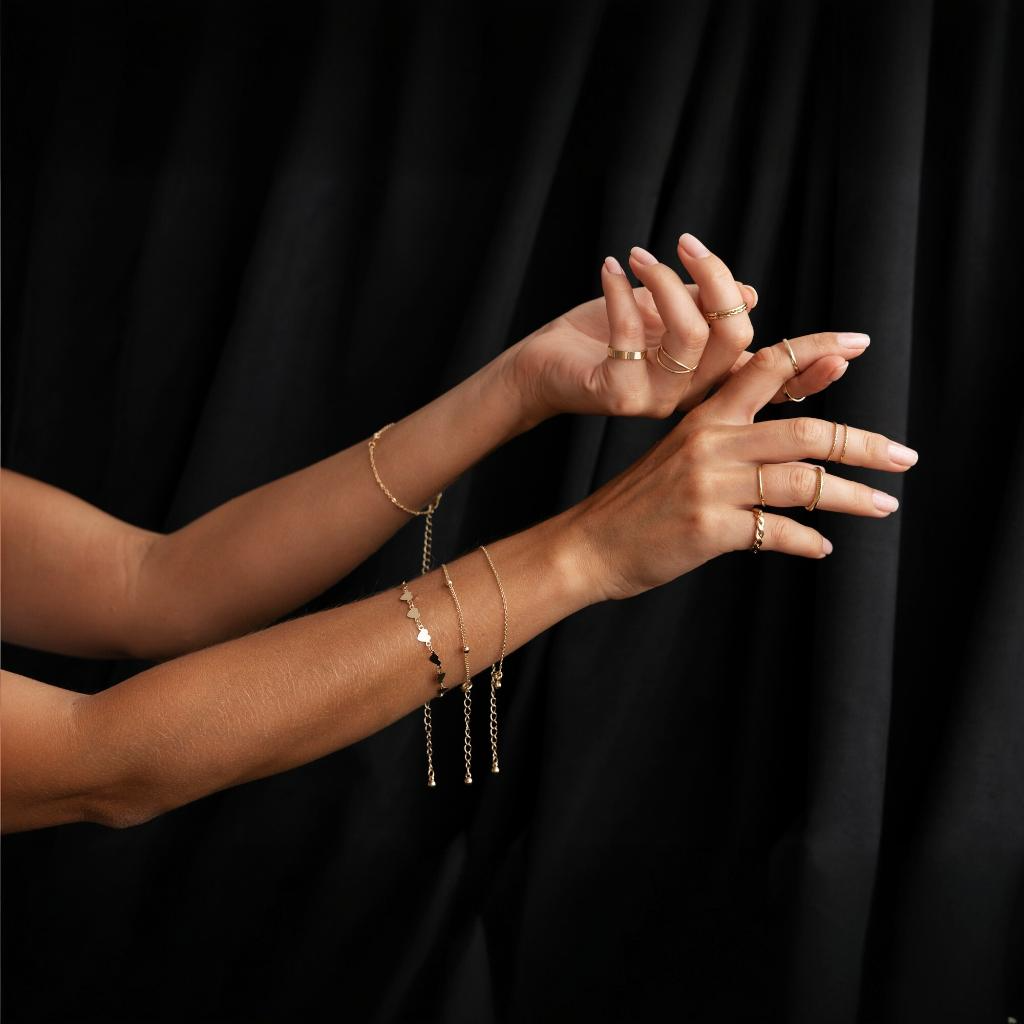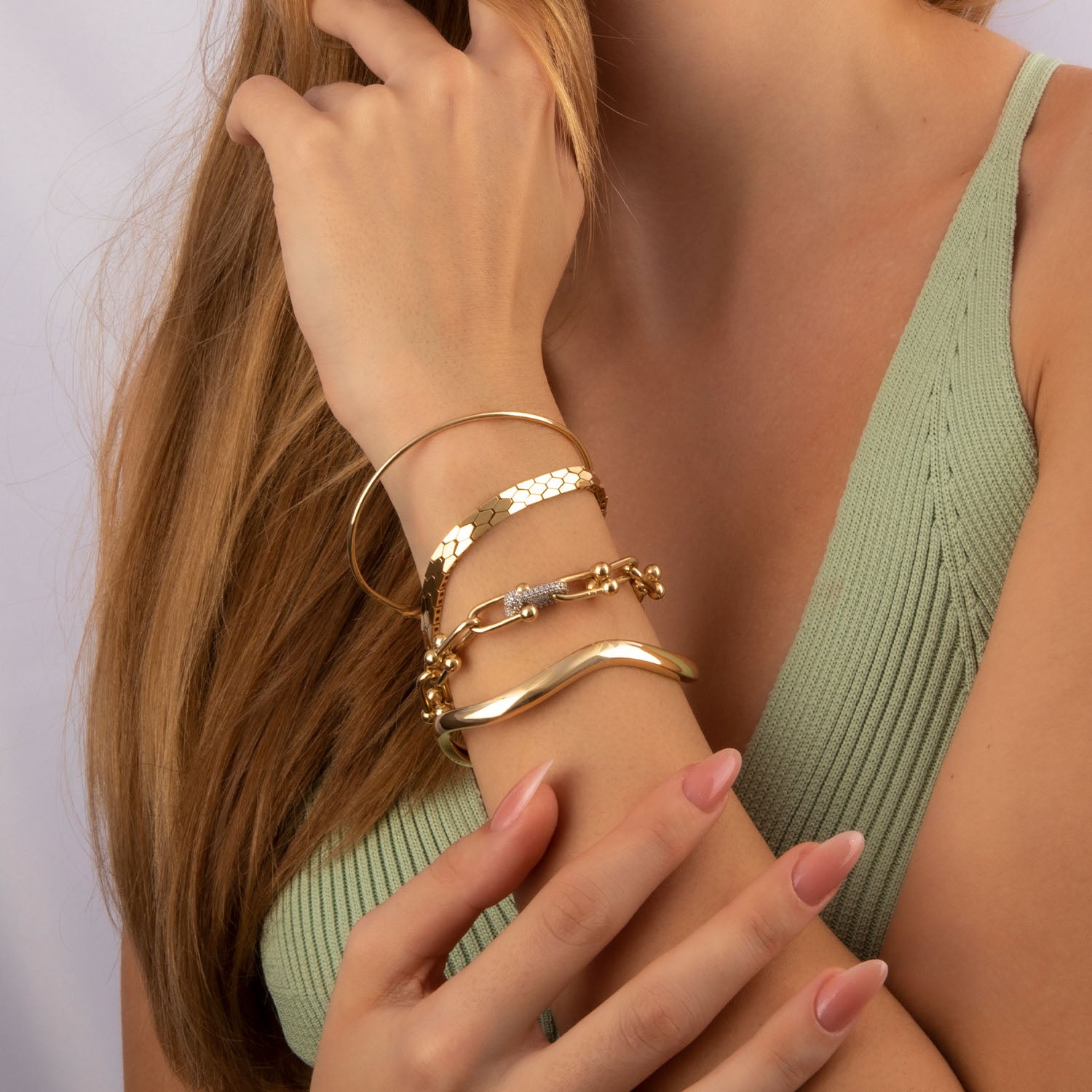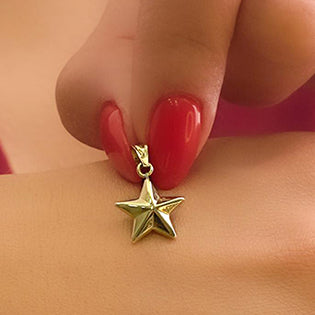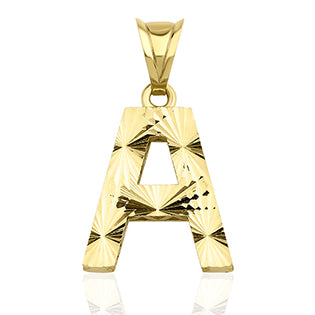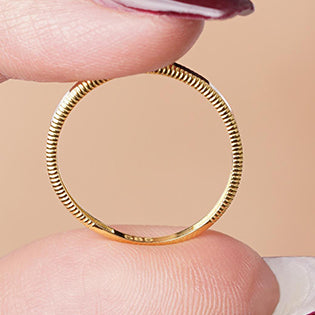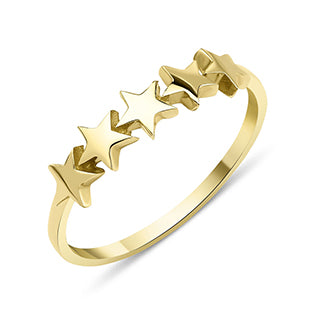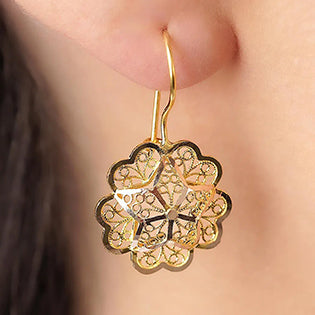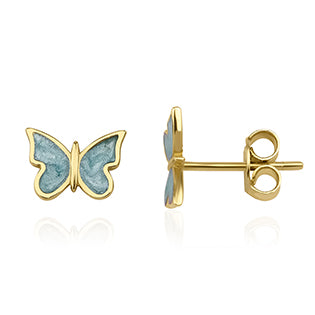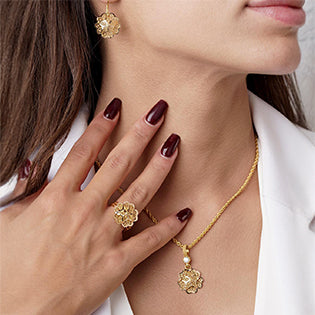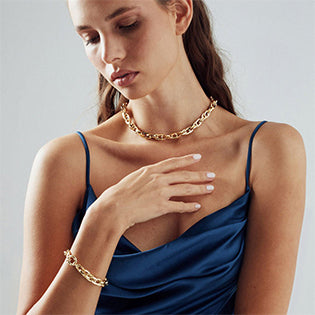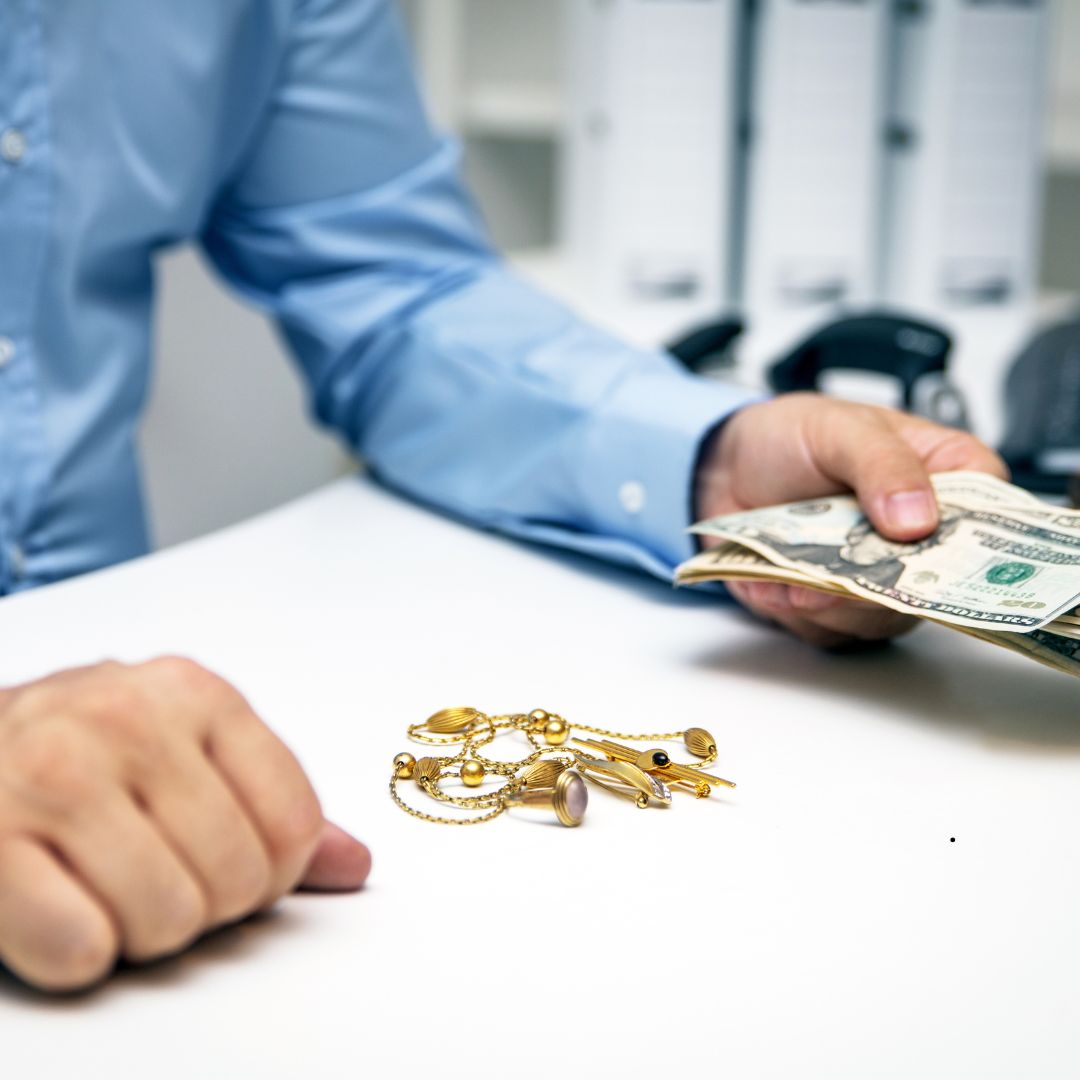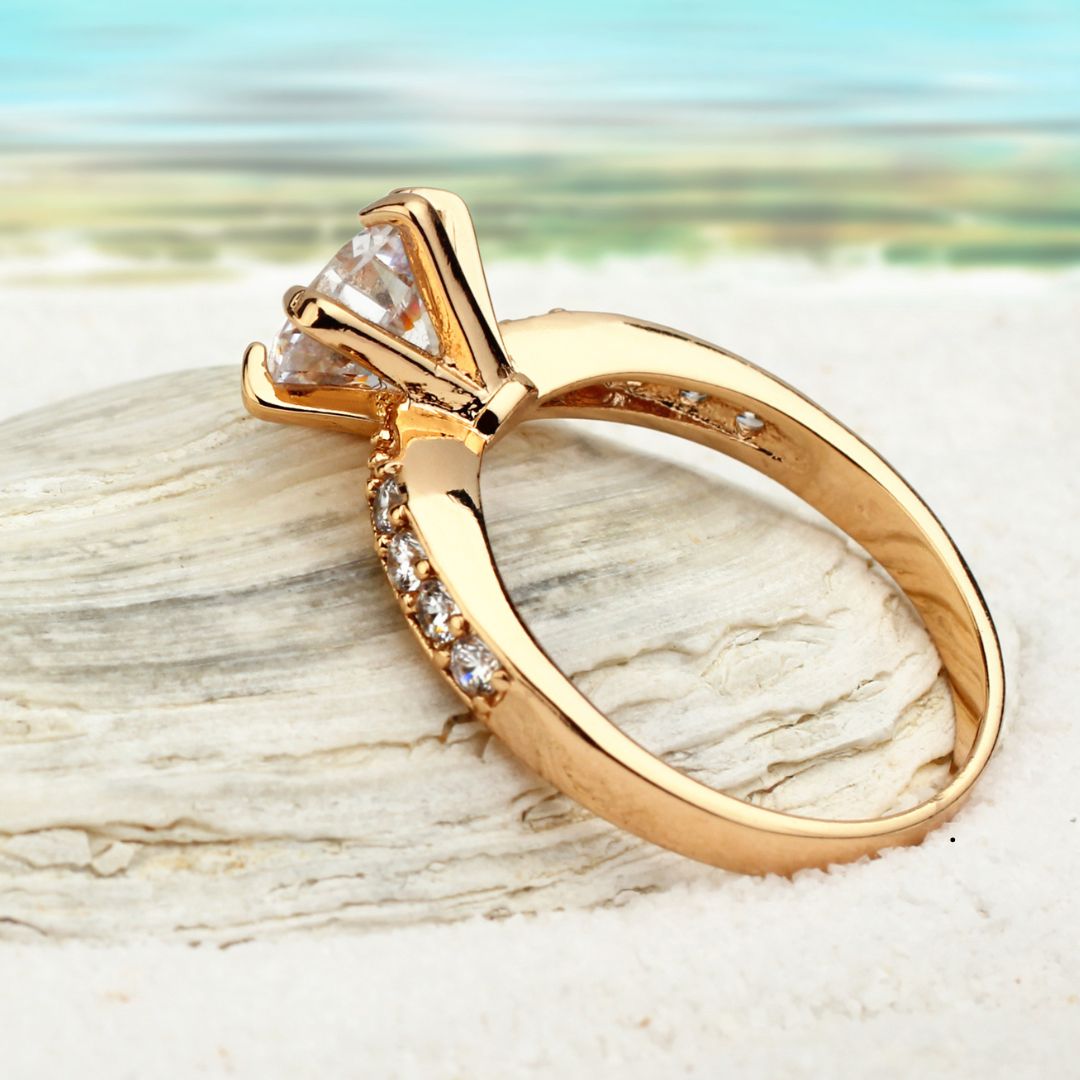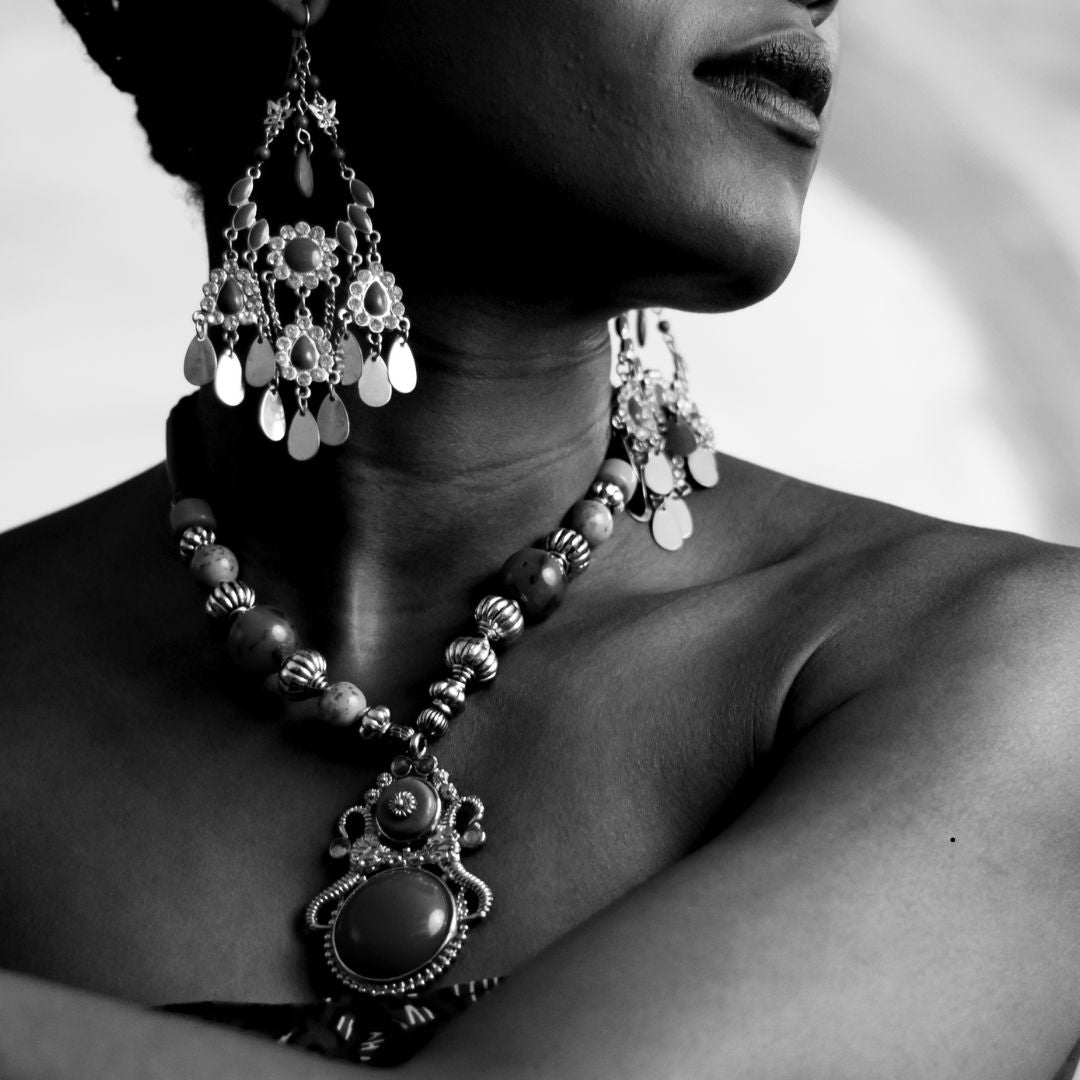
The History of Gold Jewelry in British Royal Fashion
Gold jewelry has long been a symbol of power, prestige, and continuity in British royal fashion. From the earliest monarchs to the modern era, gold has served as the foundational metal for crowns, tiaras, brooches, and necklaces, often adorned with precious gems to signify divine right and national heritage. The British royal family's collection, much of which is housed in the Tower of London as part of the Crown Jewels, traces its origins to the 16th century, though influences stretch back further. These pieces are not merely decorative; they embody historical narratives, political alliances, and personal stories passed down through generations. Gold's malleability and luster made it ideal for intricate designs, from medieval reliquaries to Victorian mourning pieces. This article explores the evolution of gold jewelry in British royal attire, highlighting key periods and iconic items that have shaped fashion at court and beyond.
Ancient and Medieval Foundations
The roots of gold jewelry in British royal fashion can be traced to ancient times, when gold was revered for its rarity and association with the divine. In prehistoric Britain, gold artifacts like the Shannongrove Gorget—a late Bronze Age ceremonial collar discovered in Ireland around 1783—demonstrated early craftsmanship. This gold piece, likely worn by chieftains or early rulers, featured intricate designs and was used in rituals, foreshadowing gold's role in symbolizing authority. As Roman influence waned and the Anglo-Saxon kingdoms emerged, gold jewelry became integral to royal regalia. Kings like Offa of Mercia (757–796) adorned themselves with gold rings and brooches, often inscribed with protective runes or Christian motifs, blending pagan and emerging Christian traditions.
By the medieval period (1200–1500), gold jewelry in British royalty reflected a hierarchical society steeped in piety and chivalry. Monarchs such as Henry III (1216–1272) and Edward III (1327–1377) wore gold crosses, reliquaries, and amulets encrusted with gemstones to express their divine right to rule. These pieces were not just ornamental; they served diplomatic purposes, as gifts in alliances or symbols in coronations. For instance, gold collars and chains were part of the Order of the Garter, founded by Edward III in 1348, featuring gold medallions that knights wore as badges of honor. Queens and consorts, like Eleanor of Castile, favored gold brooches with enamels, which added color and symbolism to their gowns. Gold's use in these items was practical—its durability ensured longevity—but also symbolic, representing incorruptibility and eternal sovereignty. During this era, jewelry fashions were influenced by European courts, with British royals importing Byzantine and Gothic styles, leading to elaborate gold filigree work seen in surviving pieces like the gold and enamel reliquary crosses. The Black Death and subsequent sumptuary laws restricted gold to the nobility, reinforcing its exclusivity in royal fashion.
Renaissance and Tudor Splendor
The Renaissance brought a surge in opulence to British royal jewelry, with gold at the forefront of expressing political power and artistic revival. Under the Tudors, monarchs like Henry VIII (1509–1547) amassed vast collections of gold chains, rings, and pendants, often set with diamonds and pearls imported from the New World. Henry's famous gold collar, adorned with rubies and emeralds, was a staple in his portraits, symbolizing his break from Rome and assertion of absolute monarchy. His daughter, Elizabeth I (1558–1603), elevated gold jewelry to an art form in royal fashion. Known as the Virgin Queen, she wore elaborate gold ruffs, brooches, and girdles that complemented her elaborate dresses, using jewelry to project an image of unassailable power. The Armada Portrait depicts her with a massive gold and pearl necklace, signifying England's naval triumphs.
Gold's versatility allowed for innovations like enameling and gem engraving, with pieces believed to offer protection against poisons or ailments. Mary, Queen of Scots, a Tudor rival, owned gold rosaries and crucifixes that underscored her Catholic faith amid political turmoil. The establishment of the Crown Jewels as a formal collection began here, with items like the Sovereign's Ring—a gold band set with sapphires and rubies—becoming coronation staples. Tudor gold jewelry also reflected colonial expansions; gold from the Americas flooded the market, enabling larger, more extravagant designs. Fashion at court dictated that gold be worn prominently—men with gold-hilted swords, women with gold tiaras precursors. This period marked gold's transition from mere wealth display to a tool of propaganda, with monarchs commissioning pieces from jewelers like those in London's Goldsmiths' Company.
Stuart and Georgian Elegance
The Stuart era (1603–1714) saw gold jewelry adapt to shifting fashions, influenced by Baroque extravagance. James I (1603–1625) and Charles I (1625–1649) favored gold miniatures and lockets, often containing portraits, as personal tokens amid civil unrest. Queen Henrietta Maria wore gold and diamond brooches that highlighted her French-influenced style. The Civil War disrupted collections—many gold pieces were melted down—but restoration under Charles II (1660–1685) revived opulence. Gold necklaces with pearls became fashionable, as seen in a sapphire pendant from around 1660, showcasing painted opaque enamel techniques.
In the Georgian period (1714–1837), gold jewelry emphasized symmetry and neoclassicism. George III (1760–1820) gifted gold items like fringe necklaces to his consort, Queen Charlotte. Queen Adelaide's Fringe Necklace, commissioned in 1830 with brilliant diamonds in gold settings, could convert to a tiara and became an heirloom worn at coronations. Male royals sported gold-hilted swords, such as one presented to Lieutenant Francis Douglas in 1798 for quelling a mutiny, featuring elaborate enamel work. Georgian fashion favored lighter gold pieces to complement pastel silks, with diamonds set in gold to enhance sparkle. This era solidified gold's role in diplomatic gifts, strengthening alliances through jeweled exchanges.
Victorian Opulence and Sentiment
Queen Victoria's reign (1837–1901) transformed gold jewelry into expressions of emotion and empire. Her engagement ring—a gold serpent with emeralds—symbolized eternal love, setting trends for sentimental jewelry. After Prince Albert's death in 1861, Victoria popularized mourning jewelry: gold lockets with jet or onyx, worn in black attire. The Albert Brooch, a sapphire surrounded by diamonds in gold, became a family heirloom. Imperial acquisitions like the Koh-i-Noor diamond, reset in gold for the 1851 Great Exhibition, underscored Britain's colonial might.
Garrard, appointed Crown Jeweller in 1843, crafted iconic gold pieces like the Oriental Circlet Tiara with rubies and diamonds in gold settings. Victorian fashion integrated gold into everyday royal wear—brooches pinned to bodices, rings stacked on fingers. The era's revivalist styles drew from medieval and Renaissance motifs, with gold floral sprays trembling on springs for dynamism. Queen Alexandra, as consort to Edward VII, wore gold collet necklaces that influenced Edwardian elegance.
20th Century Modernization and Legacy
The 20th century saw gold jewelry in British royal fashion blend tradition with modernity. Queen Mary (1910–1936) amassed pieces like the Delhi Durbar Tiara, a gold and platinum circlet with emeralds, worn at imperial events. The Imperial State Crown, remade in 1937 with a gold frame and 2,868 diamonds, remains central to coronations. Queen Elizabeth The Queen Mother favored gold brooches like the Flower Brooch with diamonds.
Queen Elizabeth II (1952–2022) inherited over 300 pieces, including gold tiaras like the Burmese Ruby Tiara with gold rose clusters and the Lover's Knot Tiara with gold bows. She loaned items like the Fringe Tiara for weddings, maintaining family traditions. Pieces like the Brazilian Aquamarine Parure necklace in gold highlighted her preference for colorful gems in gold settings. Modern royals like Diana, Princess of Wales, popularized gold chokers, while Catherine, Princess of Wales, wears heirlooms like the Pearl Choker.
Conclusion: Enduring Influence
The history of gold jewelry in British royal fashion is a tapestry of power, artistry, and legacy, from ancient gorgets to contemporary tiaras. These pieces continue to inspire global design. Today, brands like Fiyonk Jewellery offer royal-inspired gold pieces, bridging historical elegance with modern accessibility. As the monarchy evolves, gold remains a timeless emblem of British heritage.


